Omar Kelly: An ideal seven-round draft strategy for Dolphins
Published in Football
MIAMI — In the next two weeks you will hear a lot of debate about what’s the best draft approach an NFL team should take.
Is it selecting the best player available, or drafting for need?
It’s an old and outdated discussion because the truth is both answers are right. And which side your team leans toward for roster-building depends on what the depth chart looks like.
The Miami Dolphins marry both approaches, and have for years. But typically, general manager Chris Grier drafts athletes who play premium positions — quarterback, offensive tackle, receiver, edge rusher and cornerback — in the early rounds.
In the later rounds history says adapts the best player available (BPA) approach.
Based on how the team conducted business in free agency, taking a fiscally responsible approach to the buy-a-player process, don’t be surprised if the 2025 strategy becomes drafting for need because this roster is filled with holes heading into the NFL draft, which takes place on April 24-26.
Here is an ideal seven-round mock draft for the Dolphins based on league wide information gathered.
Take offensive linemen early
Unless Miami plans to supplement the roster by signing half a dozen free agents after the draft, the Dolphins need to leave the 2025 NFL draft with at least three rookie starters because this team needs immediate help on the offensive line, defensive line and in the secondary.
Unless Michigan cornerback Will Johnson slides to the teens, which is seemingly possible because teams are unable to find how fast the top shelf cornerback is due to a hamstring injury he has been nursing all spring, Miami should address the glaring hole on the offensive line with pick No. 13.
“What complicates things for Miami is not every offensive lineman fits their scheme,” one AFC general manager shared. “The truth is they aren’t very multiple.”
That means Miami needs a premium athlete on the offensive line, not just a bulldozer.
LSU’s Will Campbell and Missouri’s Armand Membou will likely be long gone by the time Miami is on the board, so Texas’ Kelvin Banks Jr. and North Dakota State’s Grey Zabel are the ideal fits.
“Zabel’s a bit of a reach at 13, but we’ve got him in the first round,” said one NFC scout. “It comes down to your personal taste.”
Both Banks, who has only played left tackle, and Zabel, who has position flexibility, should be able to challenge Patrick Paul for the role as Terron Armstead’s replacement at left tackle. They have the athleticism needed to unseat Liam Eichenberg, a 52-game starter who was re-signed in free agency, as the starting left guard.
D-linemen should be atop day two agenda
Expect a run on defensive tackles and cornerbacks on the second day, so the Dolphins need to make sure they have a healthy list of targets at those positions.
But Grier’s history of finding decent undrafted cornerbacks proves that’s one position he knows how to evaluate properly (with a few exceptions), so there should be more of an emphasis placed on finding 300-pound defensive linemen.
“Defensive tackle is one of the deepest positions in this draft. You’ll be able to find good ones in the third day,” an AFC executive said. “Who becomes a good starter depends on your coaching and scheme.”
At the moment, Zach Sieler looks like Will Smith walking through an empty house in the final episode of the “Fresh Prince of Bel-Air.” He’s figuratively all alone in Miami’s defensive line room because of the departure of Calais Campbell (who signed with Arizona) and Da’Shawn Hand (who signed with the Chargers).
Benito Jones, Matt Dickerson and Neil Ferrell, the three defensive linemen re-signed this offseason, were all on the roster last season. But the only reason they’re back is because no other NFL team likely wanted them.
They are all journeymen. That’s why the Dolphins need to add multiple (plural is intended) defensive linemen in this draft unless the plan is to sign a free agent such as Raekwon Davis after the draft.
Michigan’s Kenneth Grant, a nose tackle who kept projected first-round pick Mason Graham clean most of their career together with the Wolverines, would be my top Day 2 target. But the chances of him still being on the board at 48 would be slim. Some teams might take him in the first round because nose tackles are as hard to find as quarterbacks in the NFL, and 3-4 teams race to select them.
If Grant is gone the Dolphins either need to turn their focus to cornerbacks such as Kentucky’s Maxwell Hairston, Florida State’s Azareye’h Thomas, Iowa State’s Darien Porter and Ohio State’s Denzel Burke, or take a defensive linemen they know would pair well with Sieler.
That list begins with Ohio State’s Tyleik Williams, Texas A&M’s Shemar Turner, Texas’ Alfred Collins and South Carolina’s T.J. Sanders, who should all be available on Day 2.
“Finding a guy who is good at twists and stunts would bring out the best in Seiler,” a Dolphins source stated.
Attack BPA on third day
Whatever is leftover can be tackled on Day 3, where the Dolphins have two picks in the fourth round (pick No. 116 and 135), two picks in the fifth round (No. 150 and 155) and three seventh-round selections (pick No. 224, 231, 253).
At this point in the draft the Dolphins need to shift from a needs-based draft strategy and start picking the best available player because the odds of Day 3 picks becoming starters are slim.
Solomon Kindley, an offensive guard from Georgia taken in the fourth round of the 2020 NFL draft, was the last Day 3 pick who turned into a starter. He also happens to be the only offensive guard Grier has drafted since his tenure at general manager began in 2016, and Kindley’s stint as a starter only lasted one season.
He was out of the league after his second season.
On Day 3 Miami’s decision-makers should be focused on players who can improve the roster’s overall depth, be ideal scheme fits, and athletes who can help on special teams.
Cornerbacks and safeties are good value picks on Day 3 because the college ranks produce so many of them. This might be where a team takes a gamble on a player with some luggage (personal or medical baggage).
You can never go wrong with adding more defensive linemen — talents such as Virginia Tech’s Aeneas Peebles, Georgia’s Zazir Stackhouse or Maryland’s Jordan Phillips — especially since Miami typically carries five or six on the 53-man roster.
Some of the second or third-tier offensive linemen — players such as Purdue’s Marcus Mbow, West Virginia’s Wyatt Milum, Georgia’s Dylan Fairchild, William & Mary’s Charles Grant, Sacramento State’s Jackson Slater and Miami’s Jalen Rivers — could be good developmental projects, and might eventually become starters.
This is a deep tight end and tailback draft, and the Dolphins could use help at both spots, especially if they can make this finesse roster tougher with talents such as Hurricanes tailback Damien Martinez, Georgia’s Trevor Etienne, Michigan’s Kalel Mullings, South Carolina’s Kyle Monangai, or Alabama tight end C.J. Dupree, Georgia Tech tight end Jackson Hawes and South Carolina tight end Joshua Simon.
In the seventh round the Dolphins should be focused on adding players these coaches have specifically targeted for their schemes, drafting them instead of bidding for them as undrafted free agents.
The Dolphins haven’t had a seventh-round pick make an impact to the roster since tailback Myles Gaskin, a 2019 seventh-round selection, led the Dolphins in rushing for two seasons.
Hopefully the Dolphins leave the 2025 draft with two defensive linemen and two offensive linemen, working the double-down approach former general manager Jeff Ireland was fond of, because fortifying the trenches should be atop this team’s agenda during draft season.
____
©2025 Miami Herald. Visit miamiherald.com. Distributed by Tribune Content Agency, LLC.
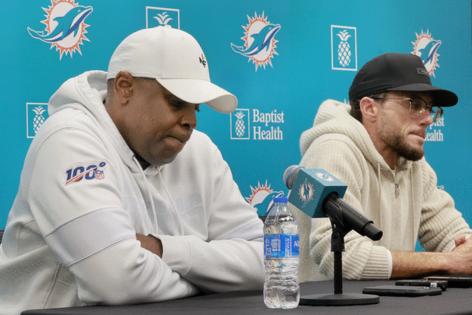
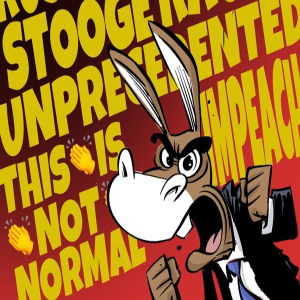

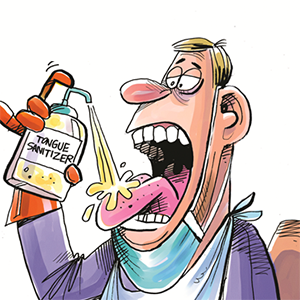
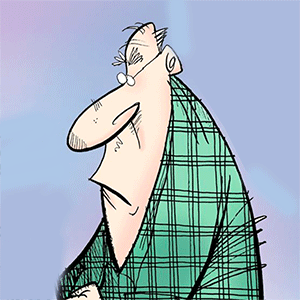
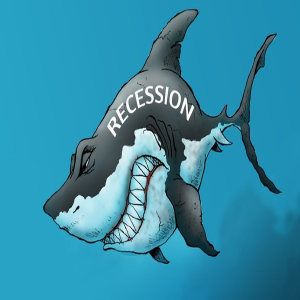

Comments